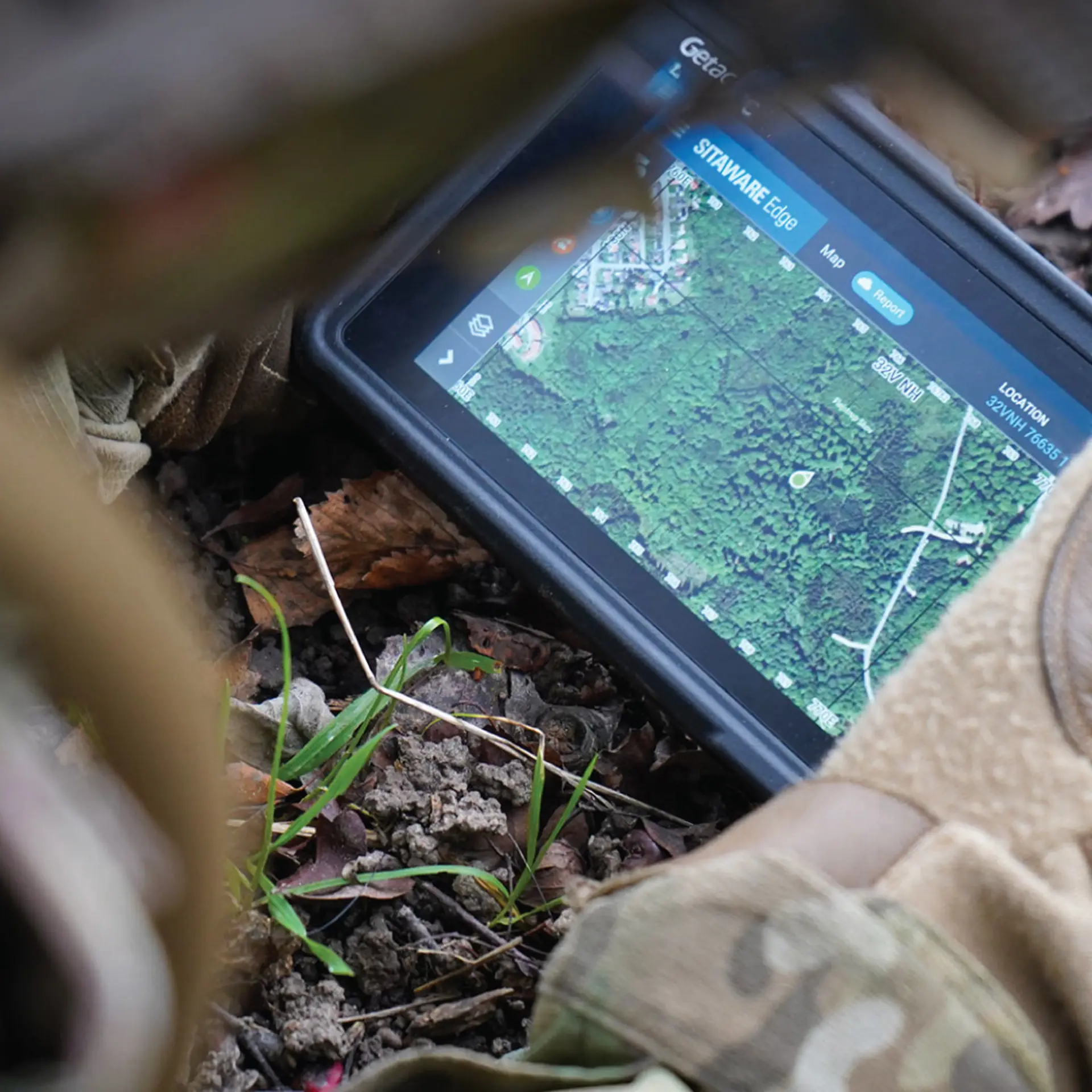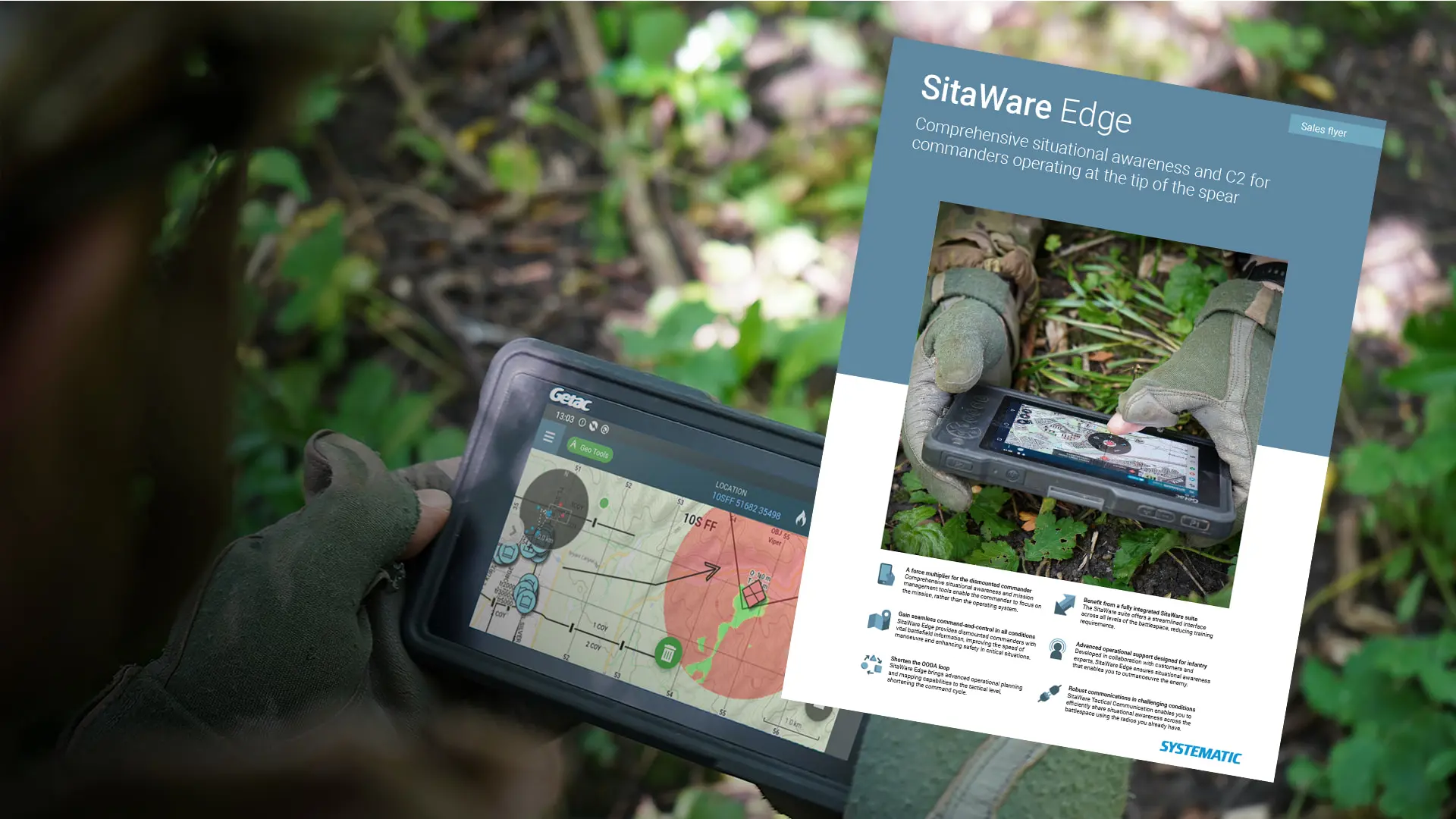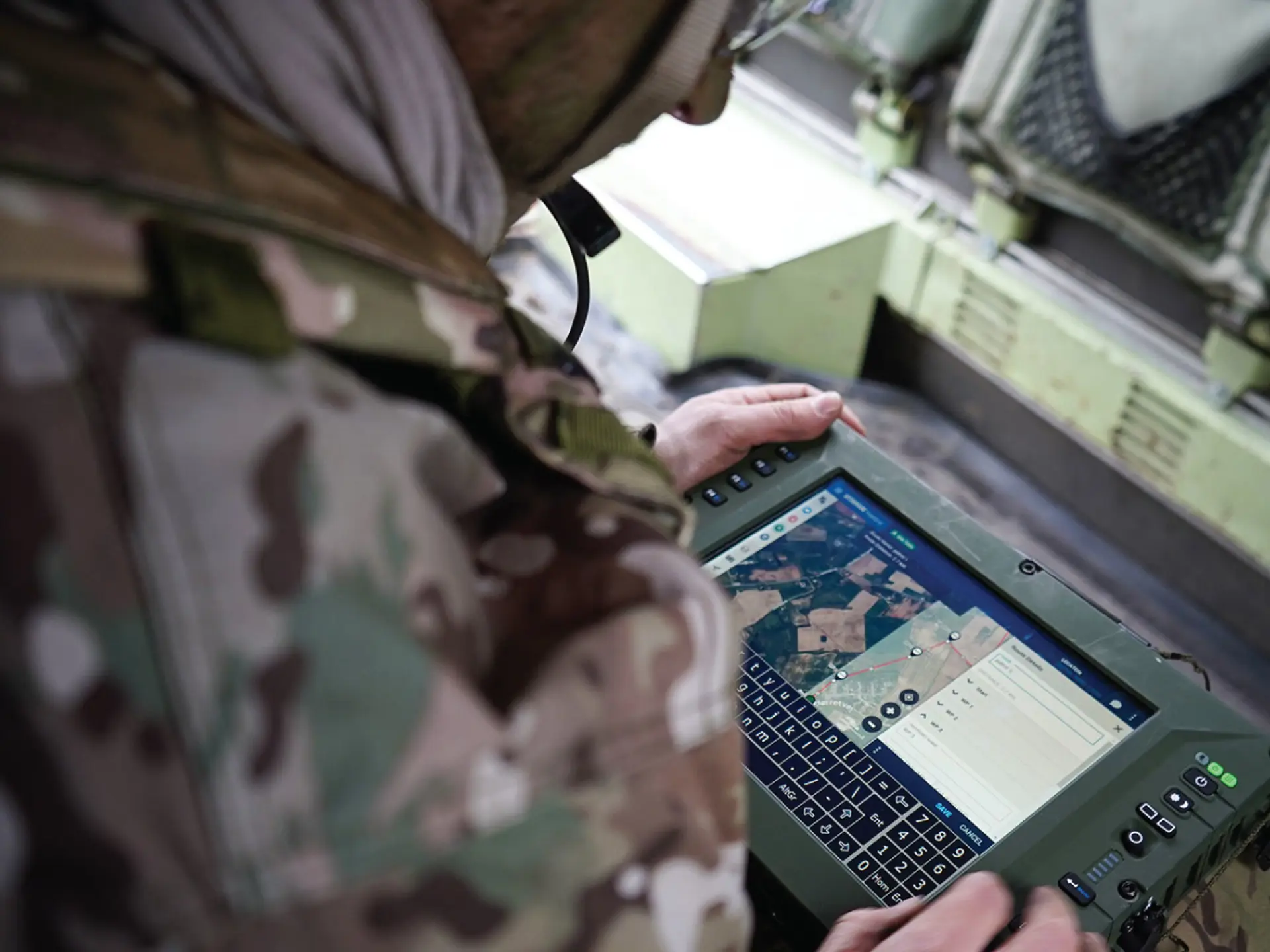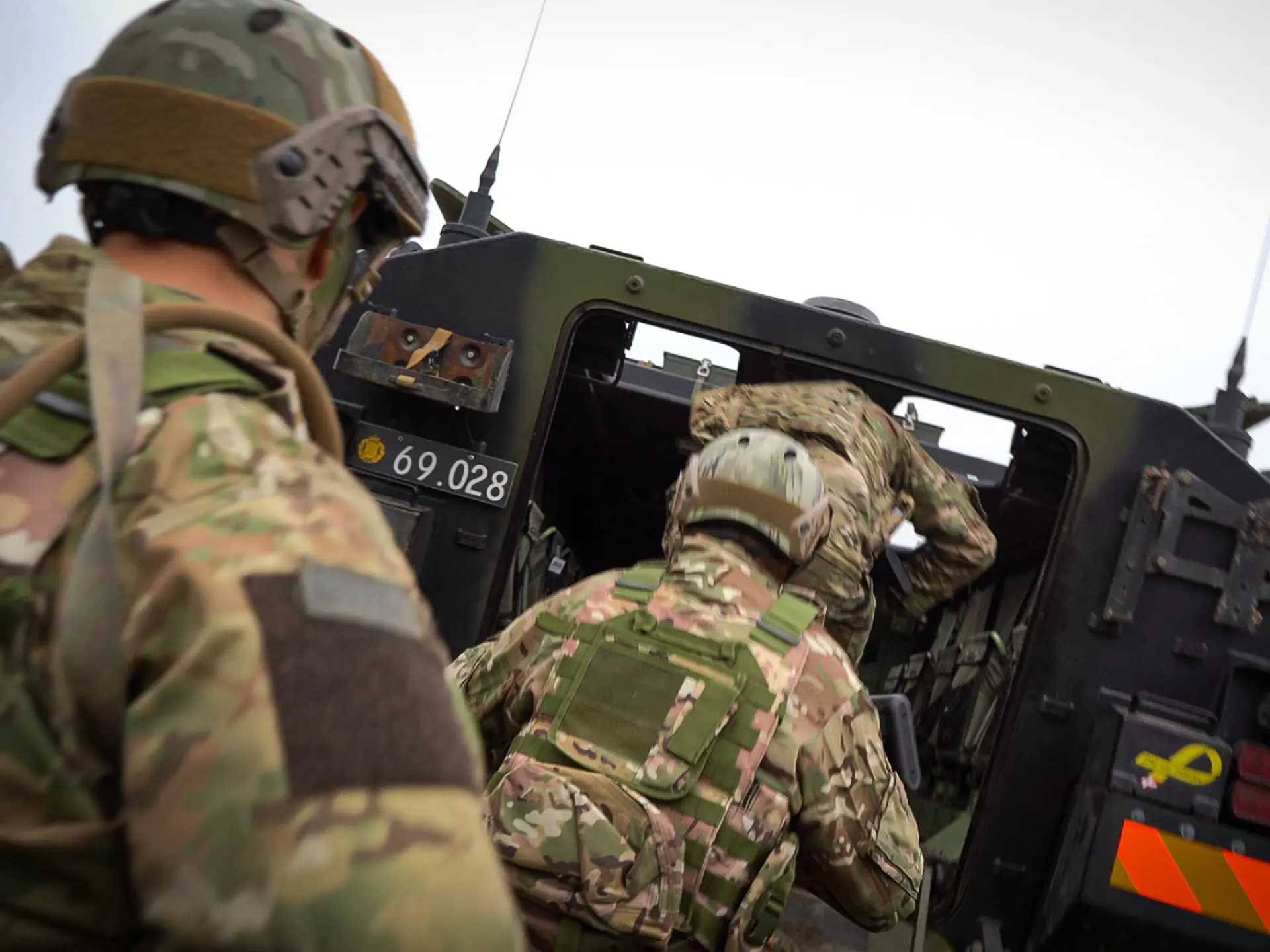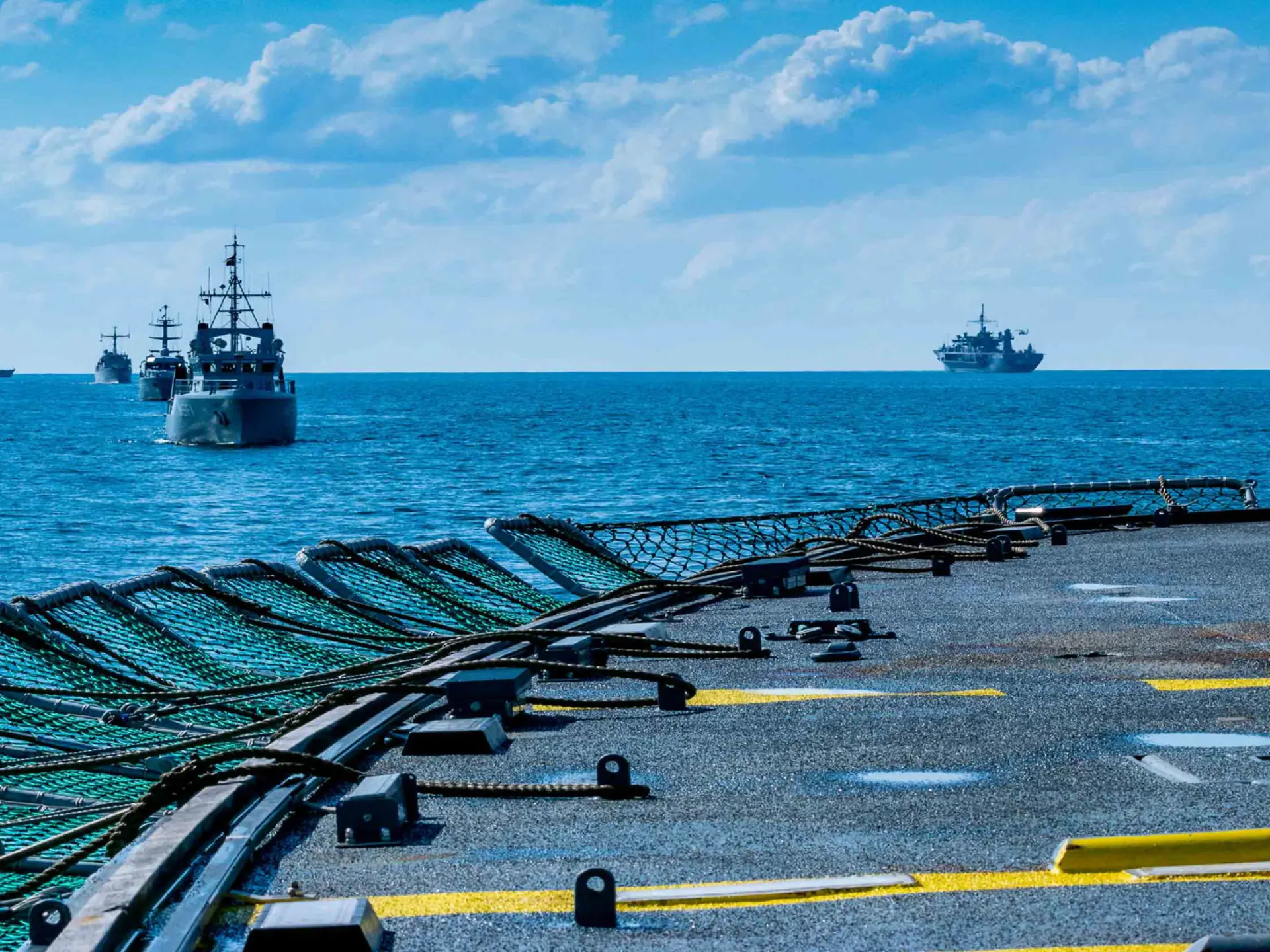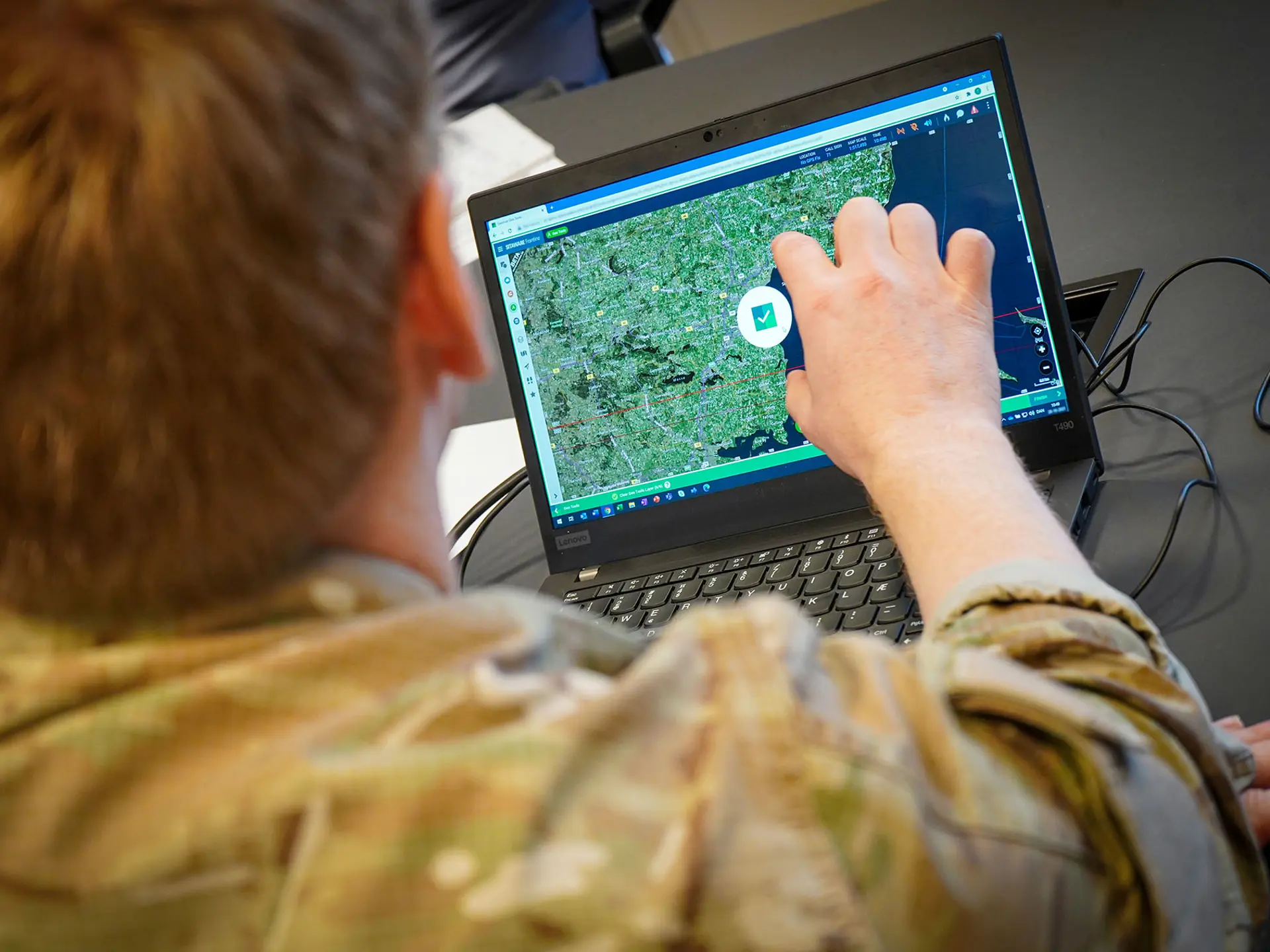Being able to add video to a battle management system’s outputs greatly helps with comprehending the battlespace. SitaWare Edge and SitaWare Frontline allow their users to view video feeds to enhance their understanding of friendly, neutral, and enemy activity, supporting greater knowledge of the area of operations.
The capabilities, size, weight, and portability of modern video cameras have continuously improved in recent years, with advanced multispectral cameras now readily available to military, government, commercial, and civilian users alike. As a result, integrated video technology in battlespace C4ISR systems has increased from a “nice to have” feature, to an essential feature.
The SitaWare suite maximizes the amount of data that video can generate for all levels – providing full situational awareness of the battlefield cameras as well as the information that they gather.
Supporting a variety of input formats, including DirectShow, RTMP, RTSP, UDP and other formats, the SitaWare suite also leverages STANAG4609’s User Datagram Protocols to support the transfer of video feeds and a variety of metadata. This allows SitaWare users to see the location of unmanned systems, the viewshed of the transmitted video, and the friendly force track (FFT) for the unmanned platform.
Add a little bit of data
The SitaWare suite allows users to dynamically add symbols and labels to objects within a video, which is then added to the reporting layer as the video tracks an object. This data label is then synchronized to other users, with SitaWare Edge and SitaWare Frontline users able to see symbols within a video.
If multiple users are watching the same live feed, then symbols can be added and visible for other viewers in near-real time, depending on refresh rates. This extra data – particularly on live feeds – can help improve situational awareness of enemy units and formations, as well as friendly forces that may not be able to communicate.
As video generation capabilities are moved more to frontline, dismounted troops, the opportunities to capture timely video intelligence has increased. The SitaWare suite’s capabilities to enable all users to maximize their video usage capabilities means that the ability to get the information advantage has increased significantly.
Moving analytical capabilities forward
In the near future, the ability to move advanced video capabilities, such as analytics, into the forward line of troops is more likely. Offboarding advanced video analytics – such as object identification and tracking – will continue as small UAVs lack onboard processing capabilities, and will require an external platform to handle this core function. As portable devices increase their computing power, the move towards advanced video analytics on small form factor hardware will allow troops to focus less on monitoring and evaluating a video feed, with alerting and automatic reporting in place for end users. As connectivity and data transfer speeds increase, the ease at which video data can be transferred to dismounted soldiers will correspondingly grow.
While data transfer speeds may have previously meant that certain live feeds could only be used to their maximum by fixed sites with reliable downlinks, improvements in data compression and transfer over less bandwidth will mean that dismounted soldiers will have a growing information advantage on the battlefield.
Practices to encourage collaborative analysis and automated tools will help to bolster situational awareness. This can include the overlaying of video feeds onto a map to help provide transparency in intelligence – showing timestamped evidence of when an object was reported in an area. This allows users to understand potential change over time, as well as presence, disposition, and readiness of opposing forces.
As computer vision technology also improves, the speed at which detection, recognition, and the classification of threats is done will also increase. This will mean that users of a dismounted battle management system will be able to rapidly access the latest intelligence generated by systems such as unmanned aerial vehicles, electronic warfare systems, communications intelligence systems, and more.
The ability to fuse the data from multiple sensors together will mean that software such as SitaWare Edge and SitaWare Frontline will have the capability to become highly mobile intelligence fusion platforms, providing greater levels of situational awareness for soldiers at all levels of the chain of command, and in a wide variety of combat and support roles.
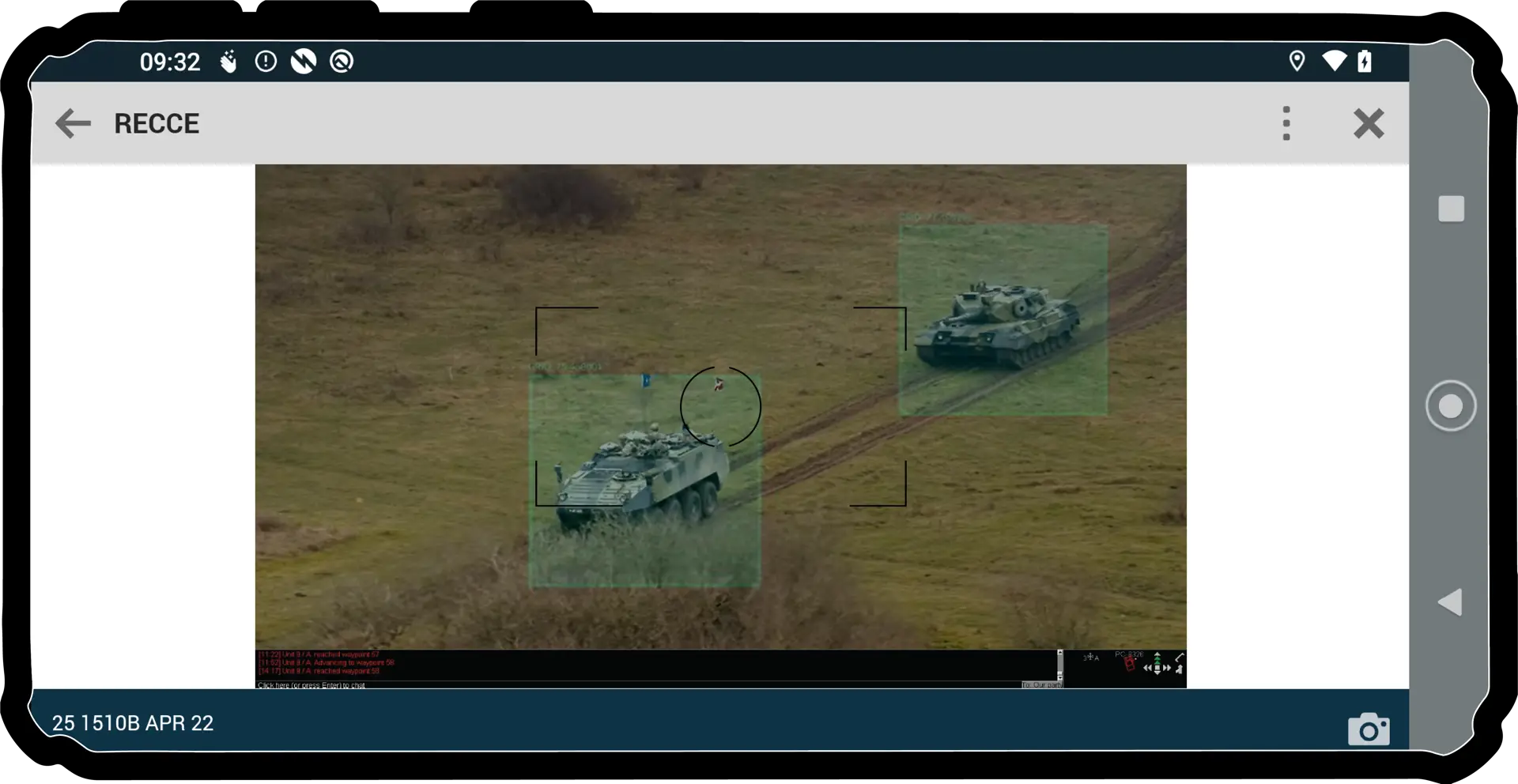
As computer vision technology also improves, the speed at which detection, recognition, and the classification of threats is done will also increase. This will mean that users of a dismounted battle management system will be able to rapidly access the latest intelligence generated by systems such as unmanned aerial vehicles, electronic warfare systems, communications intelligence systems, and more.
The ability to fuse the data from multiple sensors together will mean that software such as SitaWare Edge and SitaWare Frontline will have the capability to become highly mobile intelligence fusion platforms, providing greater levels of situational awareness for soldiers at all levels of the chain of command, and in a wide variety of combat and support roles.
